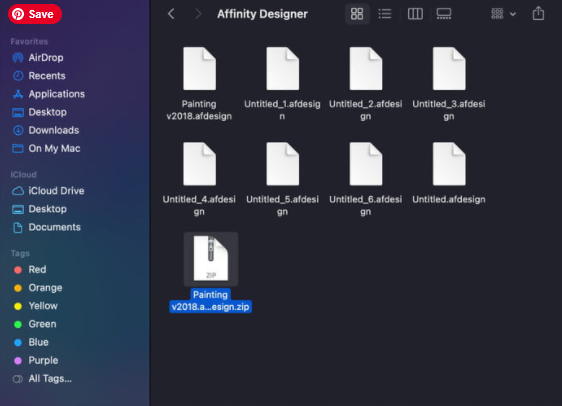

The '-r' option tells zip to include files/folders in sub-directories.įor example: zip -r readyToUpload.zip "My Files for Copyright Registration"

If you open a terminal console in the parent directory, or used the cd command to navigate there from the command line, you should then be able to run the command on the folder. Linux (and Mac terminal) command lineĭepending on the Linux distribution you may have different GUI options (or none), but you will almost certainly have zip installed as a command line program. If you want to test that everything is as expected, you can unzip a ZIP file, by right clicking on the file and selecting 'Extract All' from the context menu. If you are on a Windows desktop, right click on the folder, hover over/select 'Send to' on the context menu and then select 'Compressed (zipped) folder'. If you want to test that everything is as expected, you can unzip a zip file again, either by double clicking the file or bringing up the context menu and selecting 'Open with' and choosing the unzipping program (probably called "Archive Utility"). To compress the folder on an Apple Mac, select the the folder and bring up the context menu by either:Ĭhoose “Compress” from the shortcut menu. Orakel Support Services can help if you have questions or if you encounter difficulties.First get all the files that you need to submit together in a folder on your computer.įor most operating systems, the ability to create zip files should be already available to you without installing any extra software.

Choose Send to -> Compressed (zipped) folder.When selection is completed, right-click a file to open the menu.Select the files/folders you want to pack (compress) from File Explorer (hold down Ctrl-key to select multiple items).Choose Extract and the containing file(s) will be unpacked in the selected folder.In the dialog box, choose which folder you want to unpack the files to.Right-click the file to access the menu.Select (one click) the ZIP file you want to unpack (extract) in File Explorer.This page shows you how to use File Explorer in Windows 10 to pack (compress) and unpack (extract) ZIP files. There are plenty of applications using the ZIP file format and various operating systems have built-in support for handling ZIP files. By adding several files to a ZIP file, the files will appear as one file as well as they will occupy less disk space. A ZIP file may contain one or more files or folders. ZIP is an archive file format that supports lossless data compression.


 0 kommentar(er)
0 kommentar(er)
